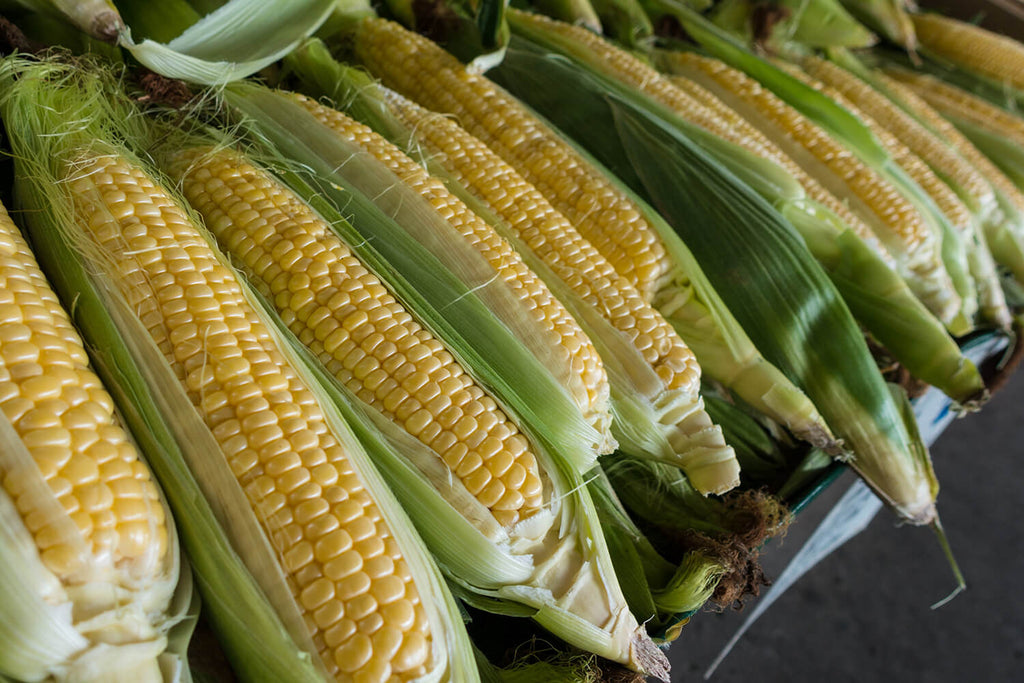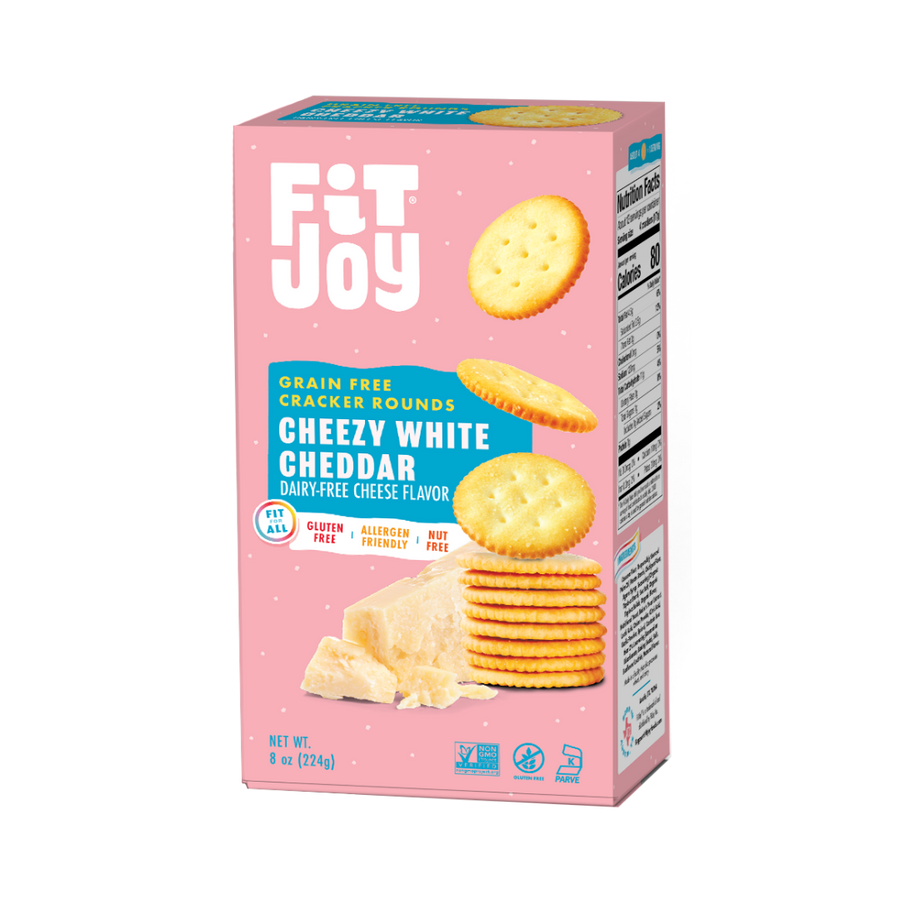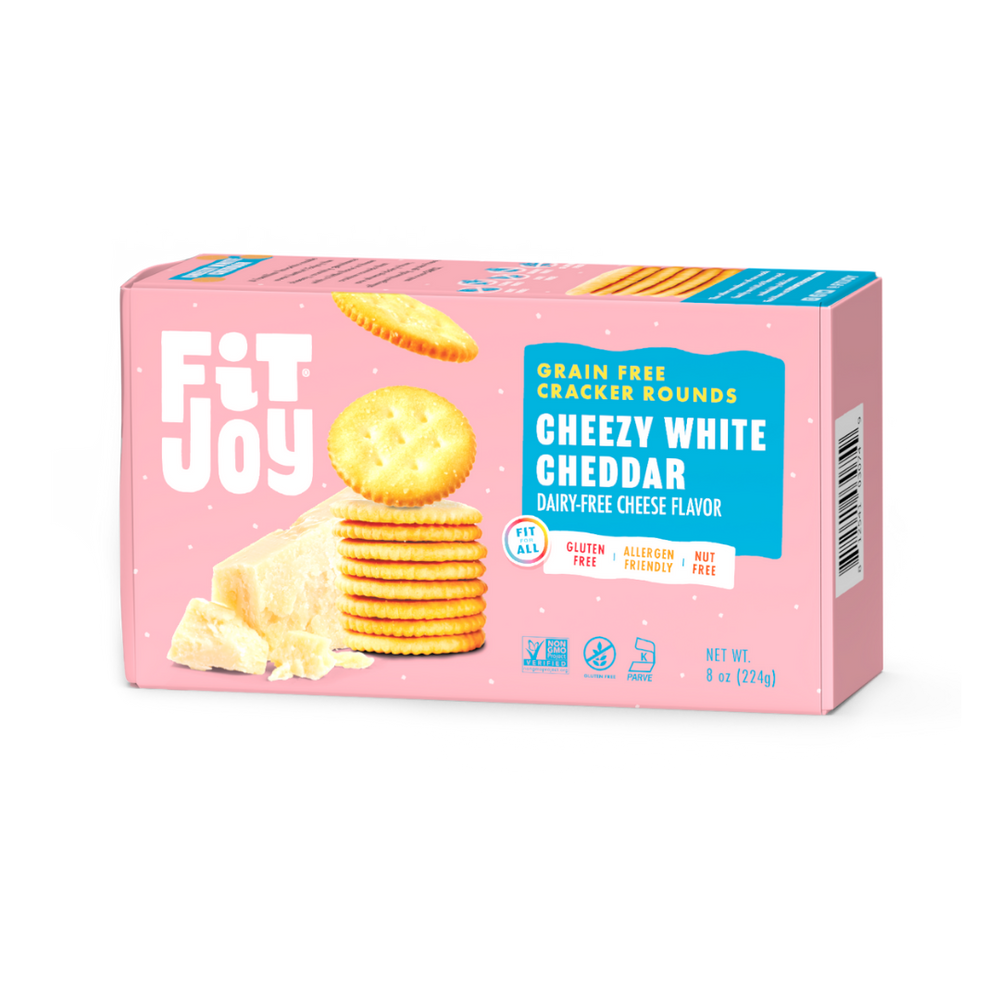The Gist on GMOs
“GMO” is one of those words that can feel hard to place. We see “GMO-free” on lots of food products, but is it a chemical? Is it an antibiotic? Is it a pesticide? Unless you’ve done the research, it’s likely that you don’t know exactly what it is, but you’ve done just enough reading about healthy lifestyles to know that you should try and avoid buying food that isn’t GMO-free.
It's not just that people are concerned about GMOs being harmful to their bodies. They can be harmful to the plants themselves, for small farmers, and for our larger environment. So what are GMOs, what types of foods typically contain GMOs, how are they harmful, and how do we responsibly shop for foods that are GMO-free? We’ve done the work for you so you don’t have to...read on to get the gist on GMOs.

What are GMOs?
“GMO” is simply an abbreviation for “genetically modified organism.” In essence, foods that contain GMOs have been manipulated, altered, and in a way domesticated in order to preserve them or change them for human consumption. Because GMOs, according to Purdue University, are essentially living beings that have had their genetic code changed in some way, it moves beyond the confines of crops alone and can be used to alter all living things, including naturally-occurring bacteria and fungi in our foods.
Researchers at Harvard assert that humans have actually been altering the genetics of organisms for over 30,000 years, through rudimentary ways of plant breeding. Now, though, the use of GMOs has been a major source of debate among scientists, farmers, and civilians alike because of their non-naturally occurring qualities and the chemical process required in order to genetically modify foods.
How are They Harmful?
The debate has long been out on whether or not GMOs are actually harmful, with groups like the Genetic Literacy Project claiming that many scientists have rebelled against using the term GMO to describe modern breeding techniques because it’s simply an acronym biotechnology critics created to stigmatize the process of genetically engineering foods.
Other groups like The Non-GMO project believe that using synthetic biology to create or manipulate foods that we eat—like giving apples the ability to resist browning over time or giving crops the ability to withstand herbicides and pesticides—are of no health benefit to consumers, and biotech industries’ promises that GMOs offer increased yield, drought tolerance, and enhanced nutrition hold no evidence to be true.
Though targeting specific genes within food in order to propagate or change their qualities can feel suspicious, there is actually no hard evidence so far that GMOs are unsafe for consumption.
The real reasons why a large number of activist groups, biotech critics, and judicious individuals are wary of GMOs is because of their negative effect on smaller farms and the farmers who run them, on soil health, and on our wider environment.

GMOs’ negative impact on small farms and farmers raises economic and contractual issues as biotechnology companies are able to control the use and distribution of their genetically engineered seeds. Large companies like Monsanto are able to sue farmers whose organic fields have been contaminated with GMOs through drifts of pollen from neighboring fields, leaving small organic farms vulnerable to GMOs themselves as well as to larger companies that can take advantage of their business.
Most GMOs today allow plants to resist one a single herbicide, Monsanto’s Roundup. The fine-tuning of crops for one trait enables them to thrive in extremely specific conditions instead of adapting to a number of climates and climate changes. Our reliance on GMOs creates monopolies and monocropping, and detracts from efforts like cross-breeding that could be much more important.
Monsanto and other mega-companies claimed that biotech foods would be the solution to world hunger and malnutrition. But, according to recent reporting from an October 2019 article in National Geographic, critics to this argument note that these very companies dominating the industry "are not devoting significant resources to developing seed technology for subsistence farmers because the investment offers minimal returns."These company giants also hold tight patents on their methods, "stifling the free exchange of seeds and techniques vital to public agricultural research programs [...]. All of this bodes ill, say critics, for farmers in the developing world."
Furthermore, many scientists believe that Roundup Ready crops play a part in the demise of bee populations, which as we know, are indispensable contributors to global food production.

Foods that Commonly Contain GMOs
The four leading commercial crops that constitute for the majority of all GMOs include soybean, corn, canola, and cotton, so most packaged foods that are derived from any of these ingredients are not likely to be GMO-free. Other high-risk crops that are typically genetically modified include Alfalfa, papaya, sugar beet, yellow squash, apples, potatoes, and zucchini. The U.S. holds the spot for the highest GMO production in the world, with 73.1 million GM hectares of production.
How to be a Discernible Shopper
While it might seem difficult to avoid GMOs in the U.S. given that so many base foods and crops are genetically modified, there are other countries (most of them European) that have avoided producing genetically modified crops, not necessarily because of the potential health & safety factors but because of the negative impact GMOs can pose on the economic wellbeing of farmers.
If your food isn’t marked as non-GMO verified, GMO-free, or organic, check the ingredients. Most processed foods contain one of the big GMO ingredients (soy, canola oil, corn, vegetable oil, etc.), so avoiding foods like cereal, white bread, chips, and other foods that are canned, frozen, pasteurized, baked, or have additives like hydrogenated oils are an easy way to start discerning between items that contain GMOs and ones that don’t.

Shopping organically and at local farmers' markets (ask them if they use GMO seeds in their fruits and veggies first) is a more reliable method of making sure you’re eating GMO-free. Eating clean via a low-grain diet with local vegetables and fruits and proteins that are sourced responsibly is a solid first step toward a GMO-free diet!
Note from FJ: To shop our full suite of GMO-free snacks, head here!





Leave a comment